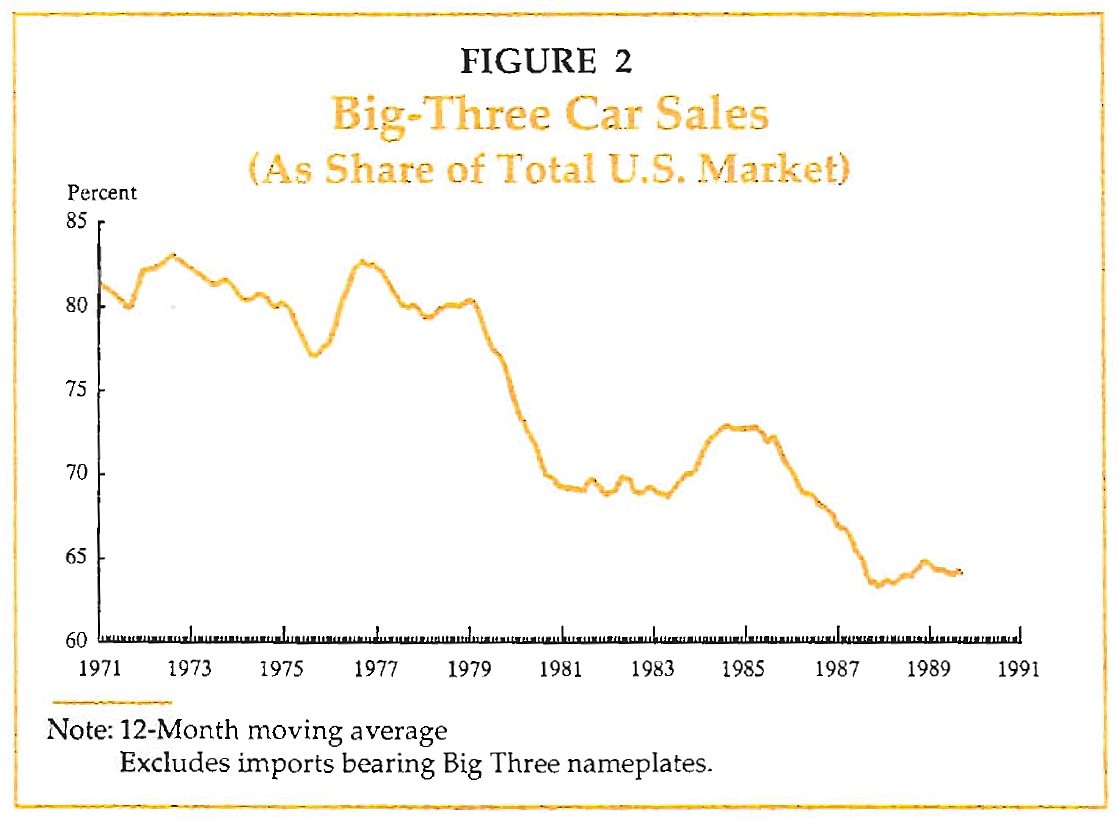Crime has surged under the progressive prosecutor, who won’t change his soft-on-criminal policies
"Progressive district attorneys have presided over a resurgence in urban crime, and the demand for a political correction is rising. The latest DA in the dock is Philadelphia’s Larry Krasner, and on Wednesday Republicans in the state House filed articles of impeachment against him.
Mr. Krasner won election in 2017 with the help of George Soros, and crime has surged on his watch. On Monday a bipartisan House committee faulted the district attorney and his policies for contributing to “a catastrophic rise in violent crime at the expense of public safety.”
On Tuesday Charles Cherry, age 30, became the thousandth person slain in Philadelphia since Jan. 1, 2021. That’s up from 535 murder victims over the same period in 2016-2017. This year robberies with a gun are up 160% and aggravated assaults involving a gun are up 62% compared to the same period in 2017, the year before Mr. Krasner took office.
Philadelphia police data show that so far this year at least 1,938 people have been shot. That includes “eight victims of non-fatal shootings who have not yet celebrated their sixth birthdays,” the committee report notes.
Under Mr. Krasner, “criminals know that their likelihood of getting caught with a gun is slim and, even if they get caught, they feel that they can leave without severe (or any) consequences,” according to an analysis commissioned by the Philadelphia Police Department and quoted in the House committee’s report.
In a statement to the Philadelphia Inquirer Monday, the DA’s office said the committee report “fails to establish a connection between reported crime incidents and Krasner’s policies because one doesn’t exist.”
But then why the spike in crime? Mr. Krasner announced upon taking office that he’d no longer seek cash bail for some 25 offenses, including driving under the influence, retail theft and some drug offenses. Last year 67% of all offenses and 70% of violent offenses in Philadelphia were withdrawn or dismissed, compared to 35% and 51% respectively in 2017. The House committee acknowledged that these statistics combine cases when Mr. Krasner's office decided not to prosecute and cases subject to judicial dismissals.
Yet it also flags “a troubling trend” in Mr. Krasner’s handling of gun crimes. His office decided not to prosecute in 18% of cases in 2019 and 21% of cases in 2020, “compared to the respective statewide averages of 8% and 10%.”
The House articles of impeachment claim Mr. Krasner’s “lack of proper leadership” is a “direct and proximate cause of the crisis” in Philadelphia and accuse him of being “derelict in his obligations to the victims of crime.” They also claim Mr. Krasner has “at every turn, obstructed the efforts” of the House committee investigating the spike in crime.
Under the Pennsylvania Constitution, the impeachment standard is “misbehavior in office,” and an impeached official is disqualified from holding office again. Pennsylvania requires two-thirds of the Senate for conviction, which would require a bipartisan vote.
Mr. Krasner dismisses impeachment as partisan politics and an attempt to “erase Philadelphia’s votes.” Last week he also compared Republican criticism of lawlessness in Philadelphia to “the Southern strategy” he claims the GOP used and accused Republicans of engaging in “coded and racist messaging.” That resort to racial politics may surprise black residents of Philadelphia who are the most frequent victims of gun violence.
Whether to impeach Mr. Krasner is a political question, and Republicans will have to consider that Mr. Krasner won re-election last year with nearly 70% of the vote. But crime continues to surge, and Mr. Krasner refuses to change the policies that encourage it. His damage to Philadelphia and to the victims of crime is undeniable, impeachment or not."
